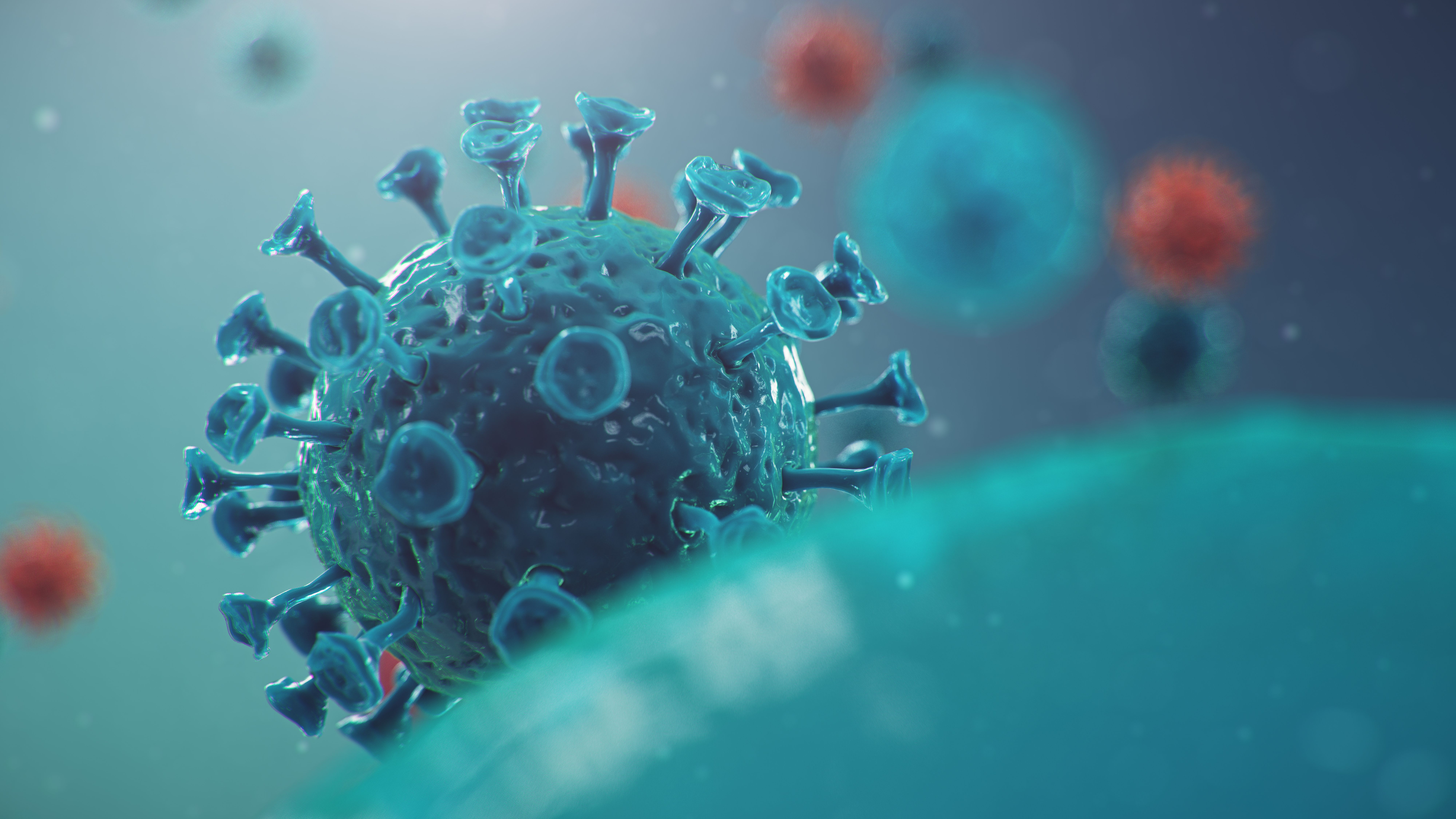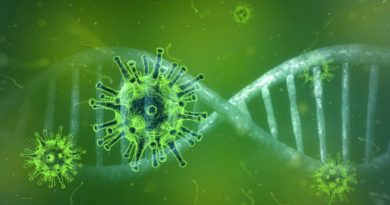Questions Linger About COVID-19’s Origin

Was it a natural zoonotic spillover that catapulted SARS-CoV-2 from an emerging virus into a pandemic pathogen or was it something much more sinister? Did a lab leak in Wuhan, China, cast a spark that lit the fuse?
Debate and discussion about the origin of the virus that causes COVID-19 have been at the forefront of the global consciousness since the first cases were reported in December 2019.
Early on, whispers of a potentially engineered virus quickly grew to a roar and fueled speculation that China was behind the pandemic. This narrative was so pervasive that, in February 2020, 27 public health scientists published a letter in The Lancet disputing the lab leak theory and announcing their support of their counterparts in China: the scientists, public health officials, and medical professionals combating the pandemic.
The authors, who all declared no competing interests in their disclosures, wrote: “We stand together to strongly condemn conspiracy theories suggesting that COVID-19 does not have a natural origin.”
And although analyses of the genomic sequence of the virus subsequently pointed to natural origins, the questions regarding China’s role persisted, led by discrepancies and conflicting reports.
Fast forward to June 2021, when new evidence breathed new life into the origin questions. The Lancet published an addendum with revised disclosure statements from virologist and investigator Peter Daszak, PhD, one of the 27 authors of the original letter; it noted that Daszak’s remuneration is paid solely in the form of a salary from EcoHealth Alliance, a New York-based nonprofit research foundation of which he is president. The company has reportedly worked directly with Wuhan laboratories and funded gain-of-function research at China’s Wuhan Institute of Virology.
Consider, too, other odd associations. Recent reports have uncovered financial ties between Google and EcoHealth Alliance. This comes after accusations that the tech giant censored lab leak conspiracy theory stories in its search results. Google has dismissed those reports, insisting the company is simply taking steps to protect users from unverified information.
Are these coincidences or is this a case of “where there’s smoke, there’s fire”? Although the answer is unclear, these questions add to the bank of other troublesome queries standing in the way of the truth about COVID-19.
The questions extend beyond origin theory. After the US Food and Drug Administration, approved the vaccine use for adolescents, a new concern arose over its long-term effects, especially on fertility and heart inflammation. Robert Malone, MD, the inventor of the mRNA technology, recently expressed strong concern over the risk-benefit analysis of vaccination for young adults. Similarly, the Centers for Disease Control and Prevention’s Advisory Committee on Immunization Practices met to discuss instances of myocarditis or pericarditis in individuals aged 30 and younger who have received an mRNA COVID-19 vaccine.
Of course, we may never know the answers to these and other questions. We may never know what triggered the global pandemic that has claimed more than 3.8 million lives. And we will not know the long-term effects for quite some time. What we do know is that the incredible strength and collaboration of health care professionals and the scientific community have allowed us to regain some semblance of normalcy, which is essential to the mental well-being of our country.
And that, right now, is the only answer that matters. ❒


